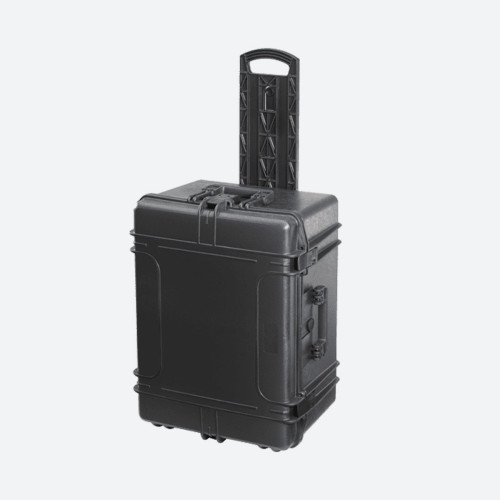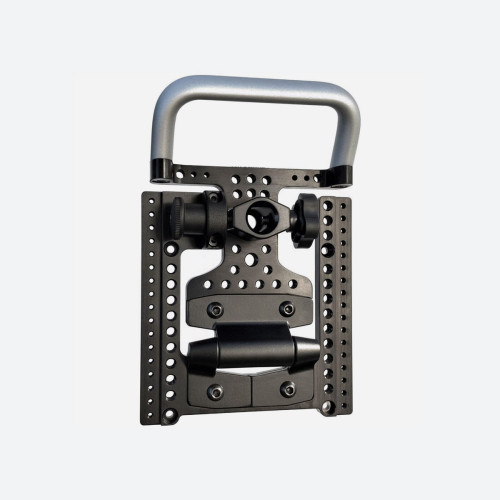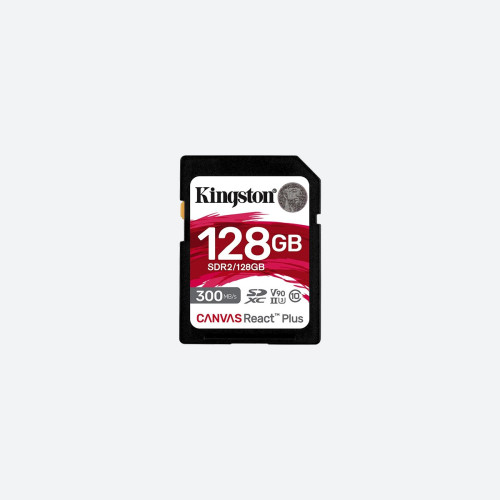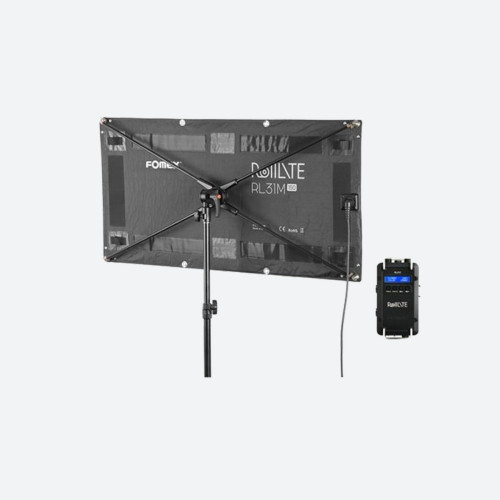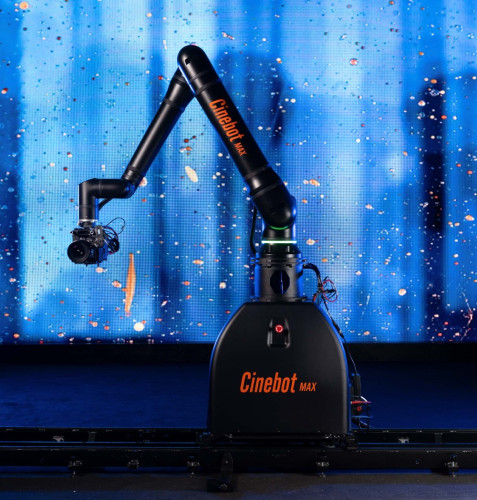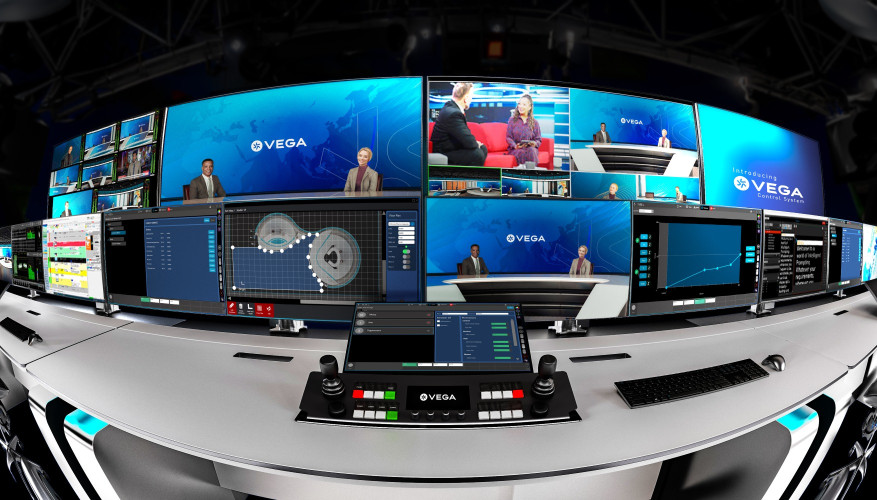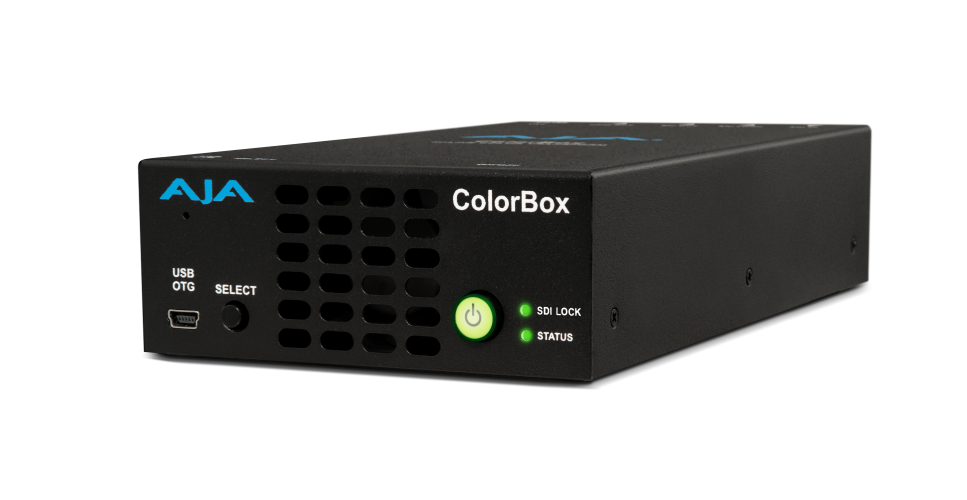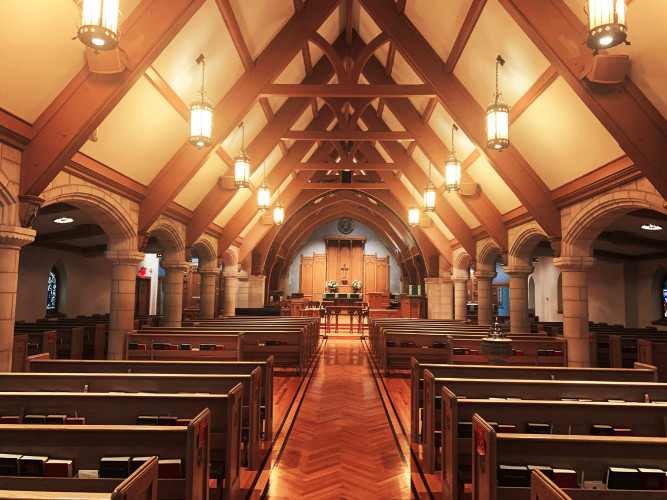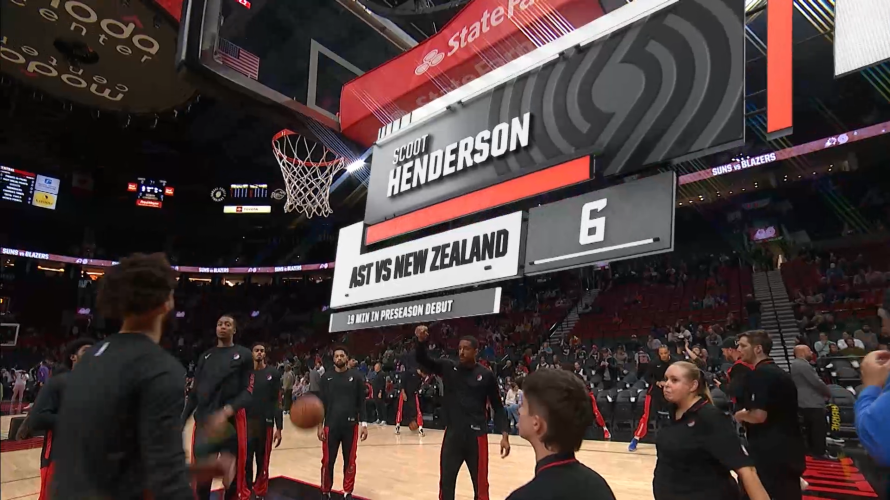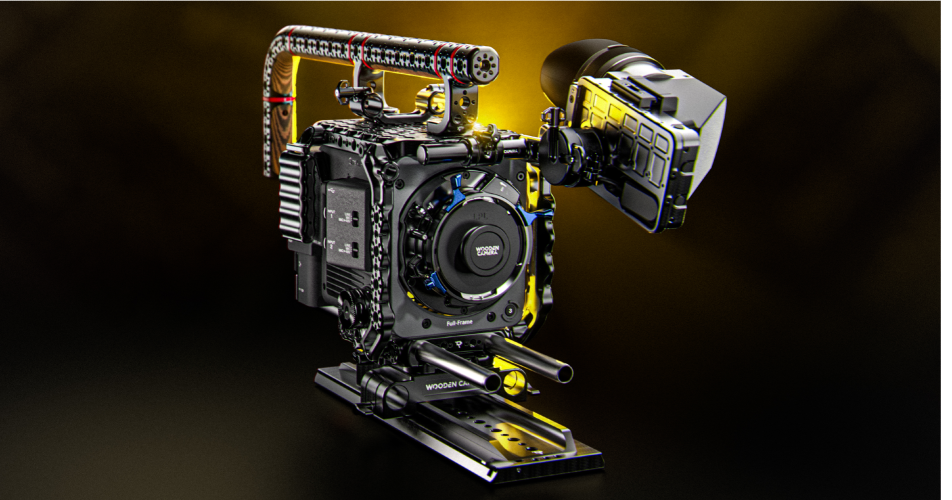Choosing the right tripod
Author: Dennis Lennie
Published 1st January 2009
Camera support equipment is constantly changing as technological advances influence what can be created in the viewfinder. New generations of ultra compact cameras are enabling the camera operator to explore and get into the action as never before and longer lenses allow close-up views previously unobtainable. But with so much choice, how do you select the most appropriate camera support equipment for your particular needs?
Specifically here, we look at that most fundamental of items – the tripod.
Back to basics
Tripodsare the most basic form of camera support and have been in use since photography began. When choosing a tripod, there are some key aspects to consider:
the weight and size of the camera
where it’s likely to be used
speed of repositioning
types of shots likely to be needed.
Once you have addressed these points, decide whether you need:
a standard tripod
a lightweight, medium or heavy duty tripod
accessories
Standard Tripods
Tripods are available in a variety of carrying capacities, and construction materials now include plastic, carbon fibre, aluminium, and wood. There are various configurations - single stage—one adjustable leg; two stage—two adjustable legs, or the versatile multistage telescopic models. All come with various accessories.
Many have different interfaces for attaching the pan and tilt head. This is usually a concave bowl at the top of the tripod with a 75 mm, 100mm, or 150 mm diameter, although other head interfaces are used for heavy-duty applications. There is a good choice of high quality products available on the market, offering features aimed at the professional camera operator, but there are many more “low end” tripods available, apparently offering similar functionality at a fraction of the cost of the professional models.
However, few of these can deliver the performance needed for good camerawork, so when choosing a tripod, remember purchase cost is only part of the decision.
Low-cost kit may save money, but it could be at the cost of creativity due to physical limitations of the device. This ultimately can add more cost and time in the edit process to correct shooting deficiencies.
Other important tripod characteristics to consider include:
Lightweight yet robust enough to take the knocks of the professional broadcast world
Good torsional rigidity to resist the twist put into the tripod due to drag forces when panning. If not, this twist known as spring back or wind up, may be seen in the viewfinder when the pan bar is released (the picture typically springs back slightly).
The legs should not deform or clamps slip when the tripod is loaded with the pan and tilt head and the camera. The tripod should also be rigid enough to resist wind movement.
Simple, reliable leg locks that are easily maintained for optimum holding reliability. All fittings and clamps should be usable wearing gloves.
Multistage legs (single stage, two stage, or multistage) that allow extremely low (40 cm) and high (197 cm) shooting angles.
Availability of baby legs for extremely low-angle shots (22cm), also able to accommodate standard pan and tilt heads.
Robust stabilising devices such as the ground or floor spreader (for hard, level surfaces) and mid level spreader (for uneven surfaces) that brace the legs on a
variety of terrains.
Spiked feet to push the feet into a soft surface such as grass, when a spreader is unavailable or unsuitable, or flat plastic/ rubber feet that can prevent slipping and damage to hard surfaces.
Tripod legs should have enough clearance for the leg tubes to move freely during setup and breakdown. However, clearance must not be so great that there is a “dead spot,” known as backlash, which is noticeable when the direction of the camera pan movement is changed.
Lightweight Tripods
Lightweight or ENG professional tripods usually have either a 75 mm or 100 mm pan and tilt head interface. This fundamental feature allows the pan and tilt head to be leveled accurately and locked off securely. The 75 mm tripods are mostly used for small-bodied DV or HDV camcorders and are popular for event videography.
They are also popular with camera operators and journalists working mainly on foot in the documentary field where portability is more important than stability and robustness.
The 100 mm tripods are designed for fully featured ENG cameras and are the preferred choice of many news professionals. Ease of use and maintenance are critical, especially as the nature of their work often means these camera operators are in difficult circumstances with very little time to react to surrounding events. These tripods must be reliable, simple to fix or adjust using only the most basic tools.
Medium-Weight Tripods
Medium-weight or EFP tripods usually have a 150 mm pan and tilt head interface, suitable for much larger camera configurations. Although still relatively lightweight, this tripod uses larger leg tubes with much more rigidity than an ENG tripod.
Although speed and ease of setup are important, more emphasis is placed on stability and robustness. Typical configurations may be a 16 mm film camera, an ENG or other portable style camera body with a large lens, viewfinder, matte box, and pan bar controls for zoom and focus.
A teleprompter may be used occasionally. EFP tripods are frequently used in sports applications on the pitch and are used in some television studios for fixed camera applications.
Heavy-Duty Tripods
Heavy-duty tripods have very substantial construction and use either a standard four-bolt fitting, Mitchell screw, or other proprietary quick-release system to attach the pan and tilt head. Typically, these tripods are used to support full-facility camera systems with a studio camera with a box lens, viewfinder, pan bar controls, and possibly a teleprompter and would be used either in the studio or on outside broadcast where absolute stability (with long focal length zoom lens) is crucial.
Tripod accessories
A wide range of tripod accessories available, but key products include simple dollies or skids with swivel castors giving the tripod and camera easy movement across a smooth surface. Many tripods can be fitted with a simple pneumatic or crank operated elevation unit for extended height changes and as mentioned previously, a suitable spreader is essential to ensure stability.
The right choice
No matter how good your camera or lens is, if your tripod is inadequate or unstable, camera movement may be poor and the camera operator will be distracted from the primary objective of composing the picture.
Tripods must be robust, reliable, easy to maintain, simple to set up and adjust. They must provide a stable platform for smooth, controllable and quiet on-air movement. Without doubt, the right tripod will help the person behind the camera exploit emerging technologies while maintaining the best creative production values.
For further information on Vinten tripods, go to www.vinten.com



